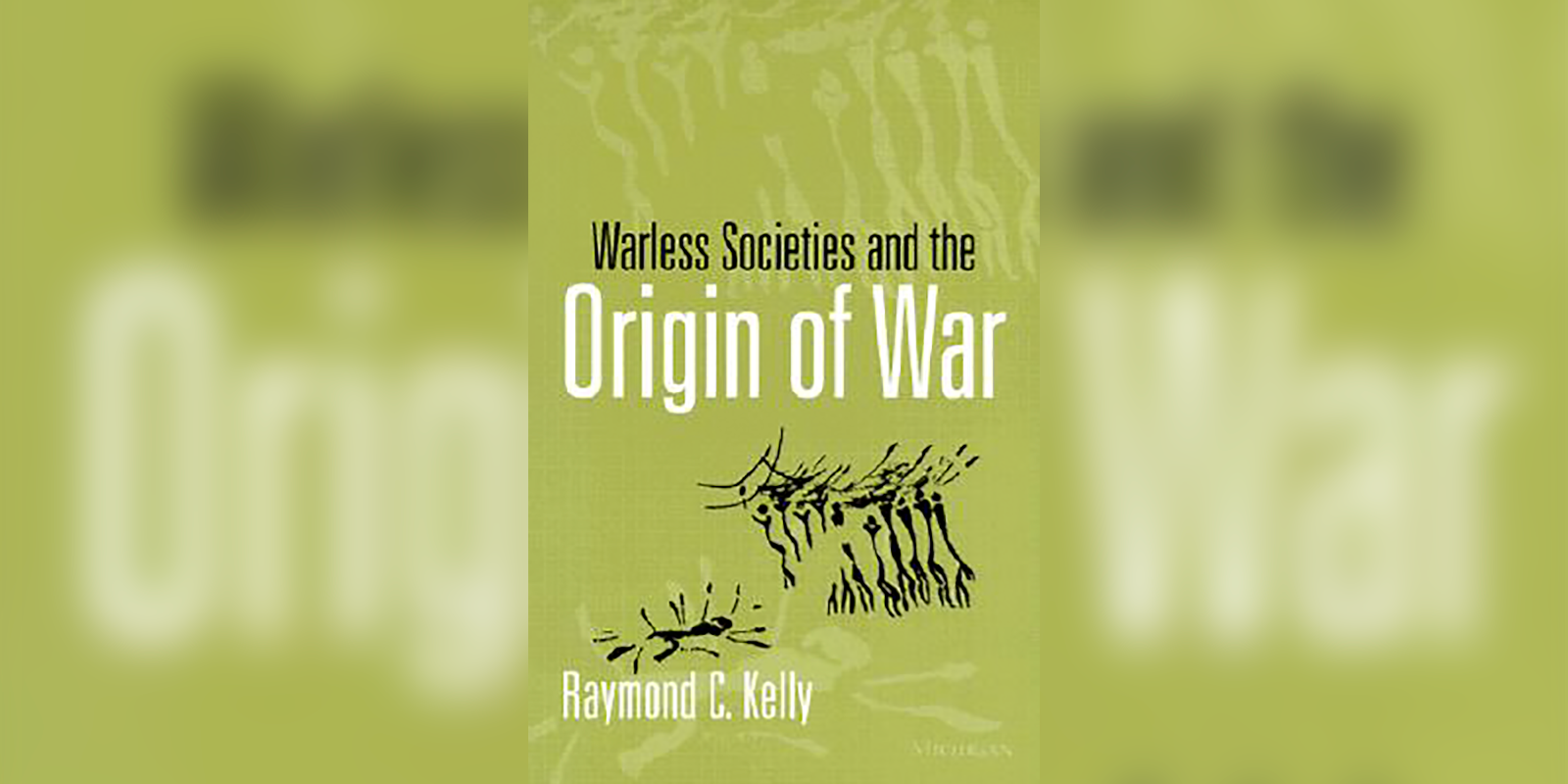This is one of the best books I’ve read in a while. I found out about it after an exchange with a Twitter mutual of mine, in which he argued that humans have always engaged in war. I mentioned that I read in a couple of articles that humans didn’t start engaging in war until after the neolithic revolution, then he said I was wrong, so I went to dig for a reference on Wikipedia and found this. The author does a fantastic job of building from basic facts and concepts, then tying those into his ultimate conclusion that, contrary to popular belief, humans haven’t been engaging in warfare for the vast majority of our species’ history.
I believe the first major point he touched on was that anthropologists who’ve determined that a warless human society’s never existed tended to have too broad of a definition of war. All human societies have participated in violence, but violence isn’t synonymous with war and a key custom that eventually leads to the latter is what the author calls “social substitution” — the act of retaliating against a member of a perpetrator’s social group, rather than against the individual perpetrator. This generally starts as a blood feud between families, then gradually escalates into war between tribes over time. He compares murder rates between warless and warlike societies, as well as what he calls segmental and “unsegmented societies” — societies which have no organization beyond their local group — and shows that, while both segmental and unsegmented warless societies have seemingly high murder rates, that’s ultimately only because of their low populations, and murders themselves are chronologically rare, with a significant number of victims being innocent bystanders who were trying to break up the conflict, for example.
The best insight of the book is the author’s conclusion that the origin of war is almost certainly resource competition. He explains that when population density exceeds a sustainable level, tribes can usually spread out to avoid conflict, but conflict frequency increases along with population density when spreading out becomes impossible. To illustrate his point, he analyzes the behavior of the Andamanese — a group of people who live on the Andaman Islands, about 81 miles (130 km) southwest of Myanmar. He compares the conditions of the Andamanese to those likely experienced by the Qadan people at Jebel Sahaba, Sudan, which has the oldest evidence of warfare on record, dating to about 11,000–12,000 BC. We know that this cemetery site is evidence of warfare due to multiple women’s and children’s skeletons showing clear signs of intentional murder, almost certainly due to social substitution. It’s a dense read for only four chapters, but it’s extremely informative, and I’d consider it a must-read for anyone interested in the historic development of warfare.
Book available at https://bookshop.org/books/warless-societies-and-the-origin-of-war/9780472067381.
Originally published at https://wspus.org/2021/09/world-socialist-no-4-summer-2021/.


